We are nearing the end of the first quarter of 2023. The economy and job outlook has turned out to be more positive than expected, with a potential soft landing or actual recession being pushed off to later in the year, and hopefully not at all.
Job numbers in January have surpassed expectations “with payrolls growing by 517,000 compared to an expected 185,000.” Unemployment has dropped to 3.5%.
While inflation spiked in 2022, it leveled off in 2023 to 6.4% in January (God save the eggs), with a peak of 9.1% in June.
Company layoffs so far have been mostly consolidated to the technology and startup tech industries; largely companies that ballooned in the covid pandemic era. Perhaps we can collectively breathe a sigh of relief and hope as we near the end of the pandemic. Which is set to be declared over, at least politically speaking, in May 2023.
The last three years of the covid pandemic have brought many changes in how people work, where they choose to work, and what their priorities are. This shift has been very apparent in the workforce; from quiet quitting, to part-time professionals, to the mass exodus of people from top tier cities as physical location becomes less important for a job in our highly connected world.
Here at Inflection Poynt we have been reflecting on the needs of hiring managers and recruiting partners during this time of great shifting. To dig a little deeper, we created an anonymous employer hiring survey to understand employers’ pain points during the hiring process and when looking for great candidates in various industries.
Some of the results are surprising while others are somewhat expected. The common theme we always come back to in our data and findings, and in our work with our clients, is that retention is a major issue and continues to be.
Now for our findings:
What is your company’s biggest challenge when it comes to hiring new employees?
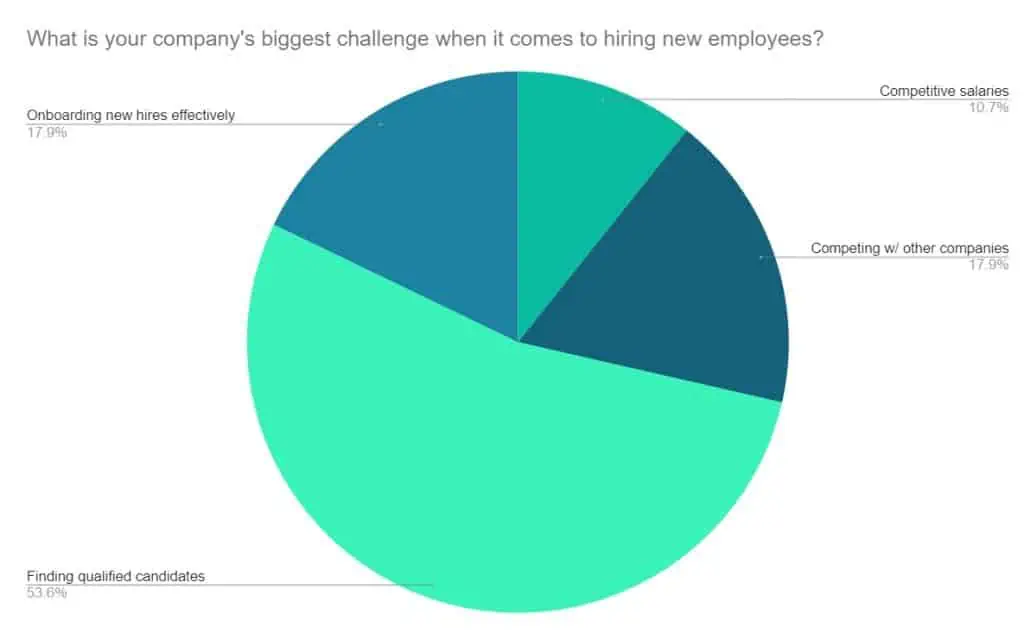
53.6% of those surveyed said that finding qualified candidates is their biggest challenge when looking for employees. This dominated other challenges like pay and competing with similar companies for the same candidates.
17.9% of respondents reported their primary struggle is with onboarding new hires. This indicates a lag in the hiring and onboarding process which could lead to a retention issue in an organization. Turnover leads us back to the biggest challenge of finding qualified candidates! If we could retain our current employees, we would not have as much of a struggle with the constant search of finding new ones.
What is the main source of candidates for your company’s open positions?
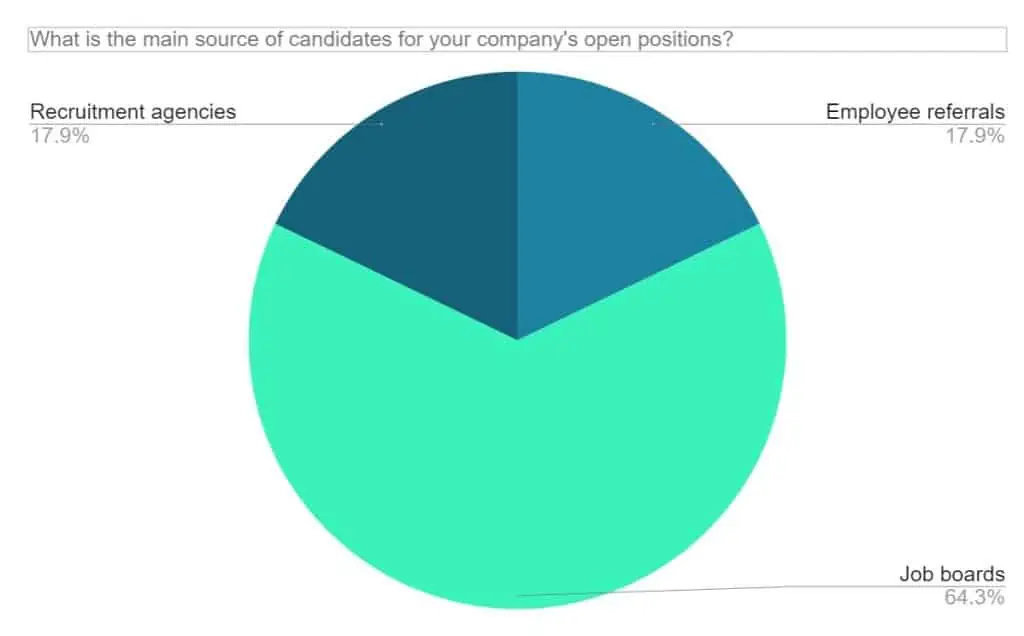
Employee referrals are an excellent way to find great candidates, in addition to incentivizing current employees. With only 17.9% of respondents using outside recruitment agencies, this suggests that recruiting efforts are either largely through internal talent acquisition teams, and/or the companies are not overwhelmed in their recruiting efforts to need the enforcement of outside agencies.
How much time does your company typically spend on the hiring process for a single open position?
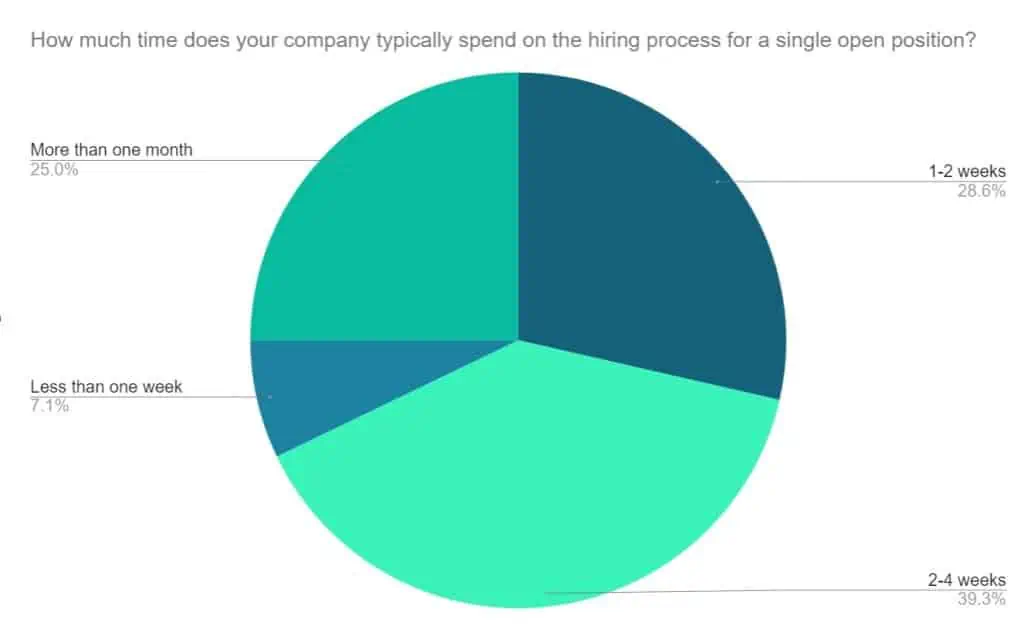
How often does your company encounter challenges filling open positions?
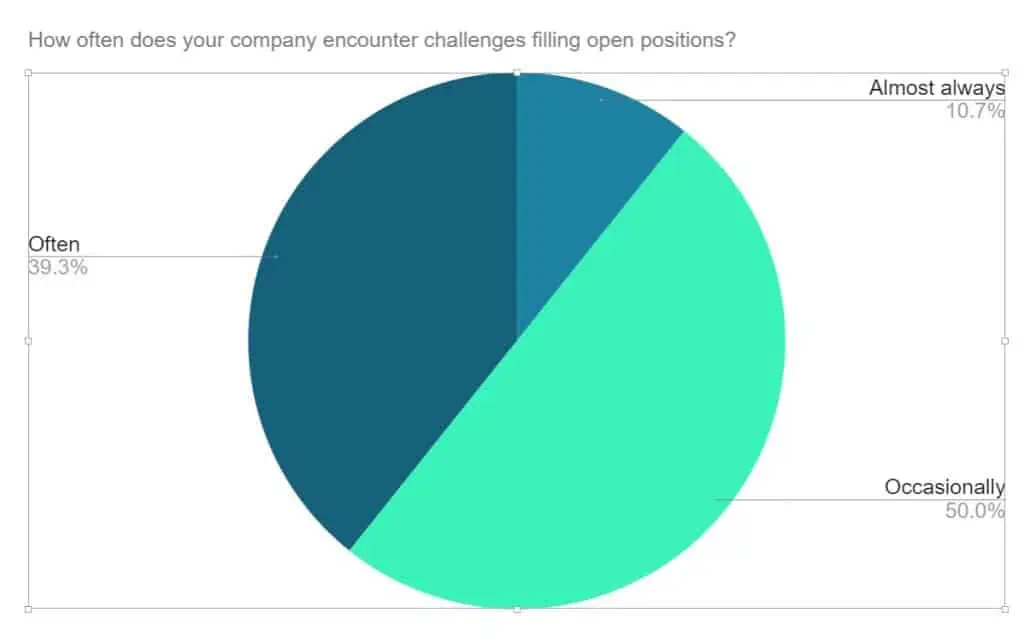
This is largely dependent on the type of position and number of potential candidates suitable for the position, in addition to bringing awareness to potential candidates about the available position.
How does your company typically onboard new hires?
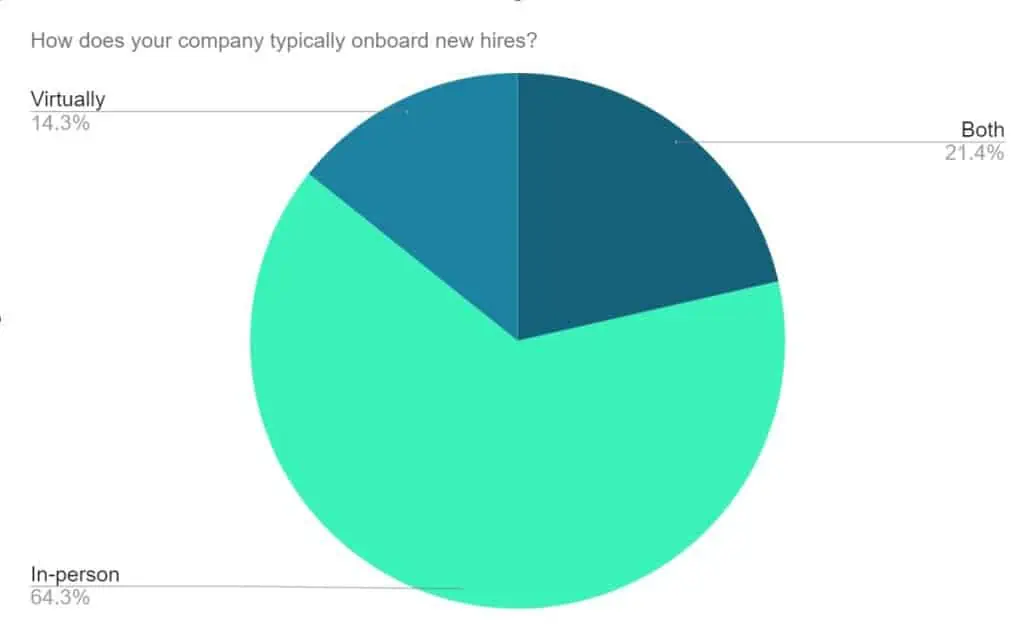
The onboarding process is the perfect time to make the right impression on your new employee. Making sure that the training and transition to a new position is as smooth as possible. Though the data largely places in-person onboarding as the primary method, there will continue to be a newer shift to combining virtual and in-person onboarding.
How does your company measure the success of its hiring efforts?
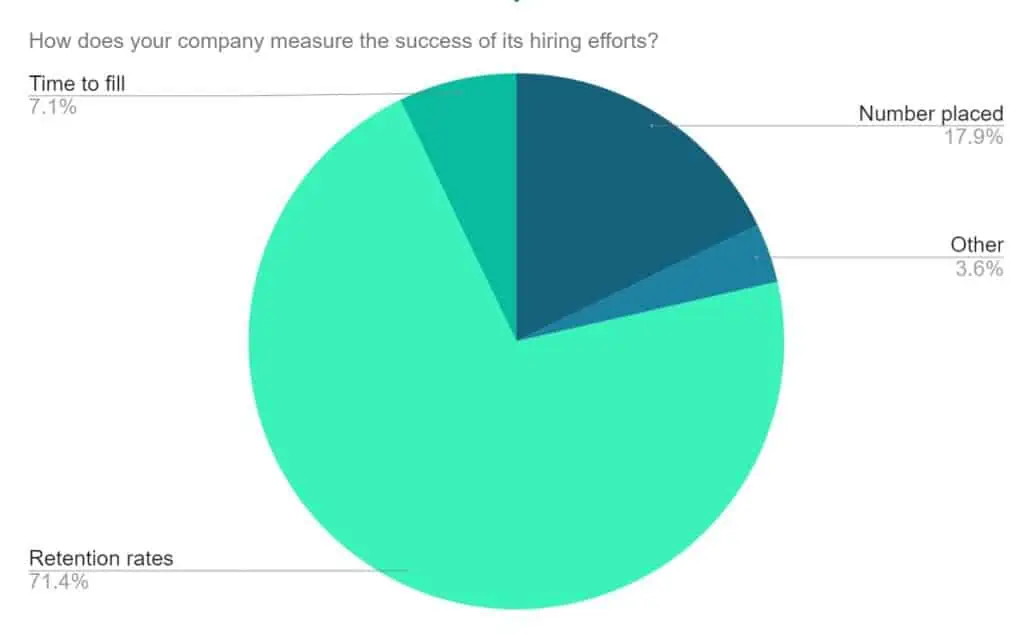
71% of respondents measure hiring success through retention. So we are back to the importance of this subject: retaining our employees. Employers should ask what they can do to keep their employees happy. In a previous retention survey with CDL drivers conducted by Inflection Poynt, respect and pay were the biggest themes in each of the answers. Employees want to be heard, and feel that they are heard. That starts from the moment they interview for the job through onboarding.
Do you feel that your company’s current hiring process is effective?
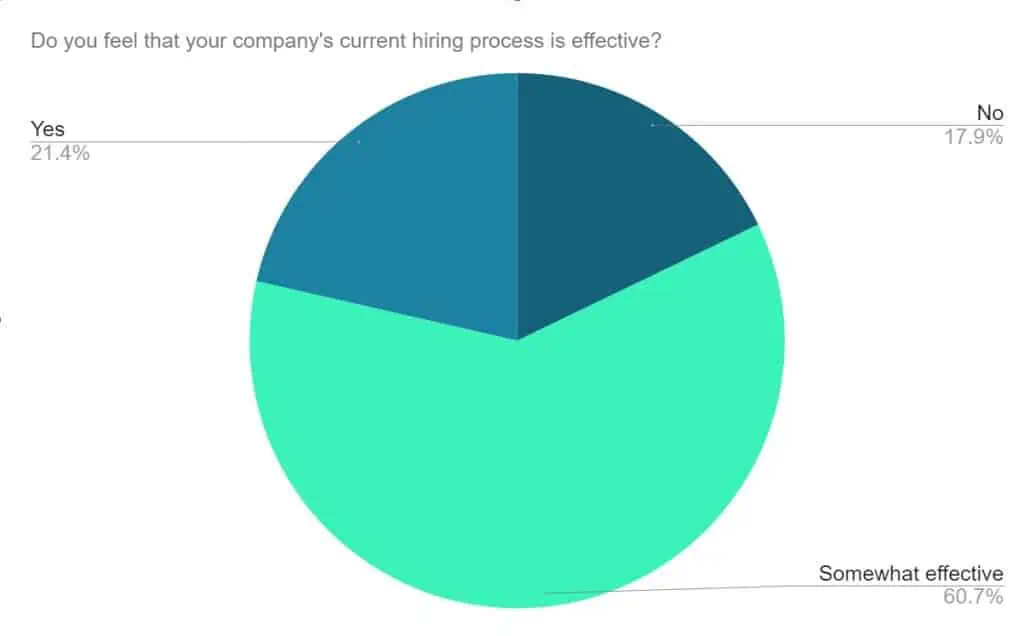
18% of respondents stated their current hiring process is not effective, and 61% said it is somewhat effective. The majority of respondents do not find their current hiring process effective, while 21% of respondents do. First defining that process and then taking a deeper dive into what it looks like is a good place to start. Getting hiring managers and recruiters together, to assess what type of talent they need and how it will make a difference to the organization, could improve the hiring process greatly.
Does your company provide compensation analysis for all its employees?
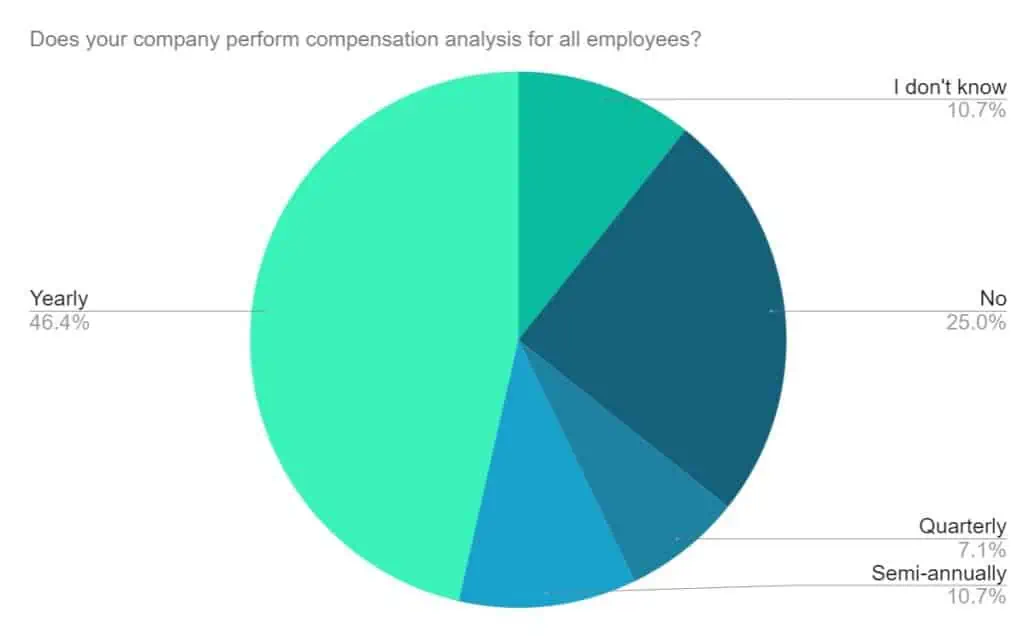
Compensation analysis is important in the major themes found in these findings – that to retain great employees they must feel valued (pay) and respected (heard). Solving the retention issues should be a priority in companies suffering with high turnover rates. There are many facets of retention that lead back to company culture, ethos, and management styles. There will never be a one size fits all for the issue of employee retention.



